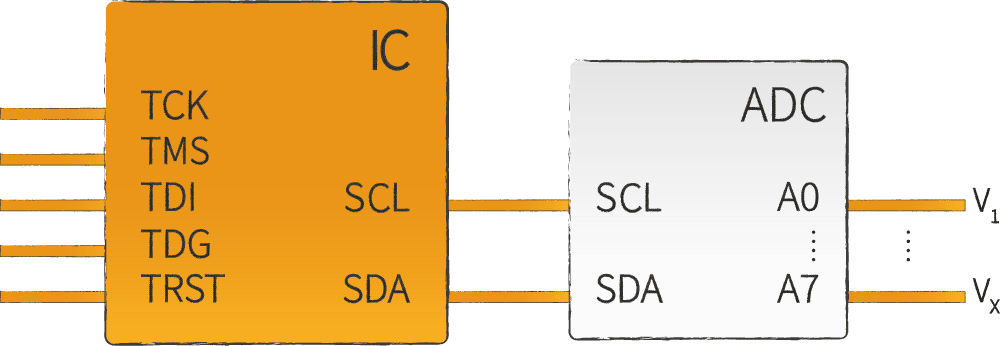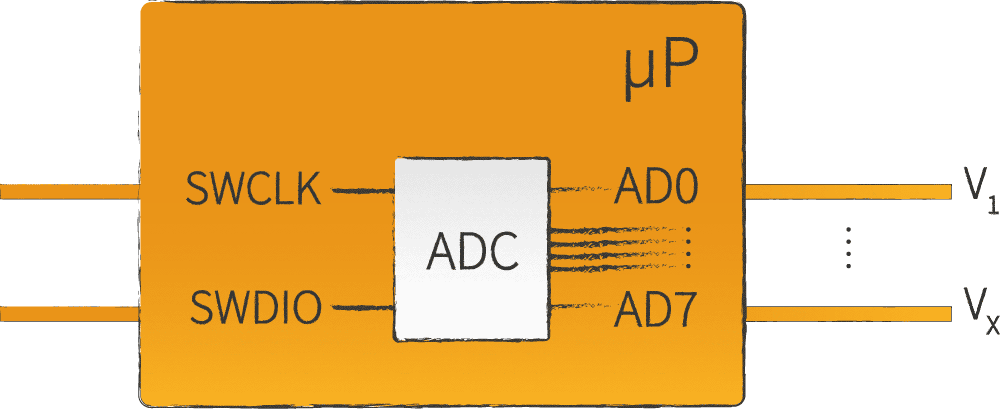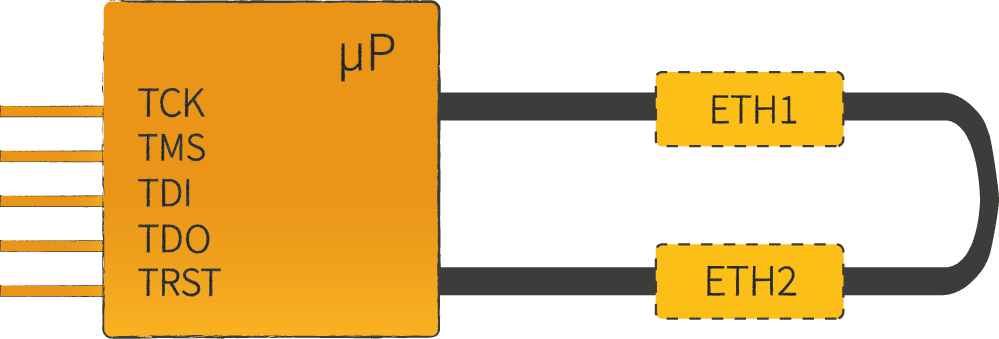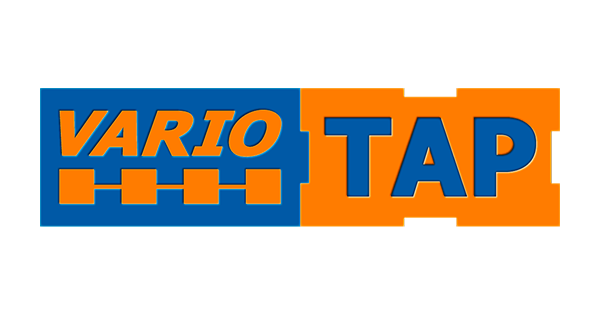Embedded Functional Test
Integration of functional tests such as access to I²C and SPI components
Functional test of modern electronics using the native component intelligence - realised by Embedded Functional Test. The creation and application of test scenarios takes place entirely in a system, which is formed by a common control hardware and a common control software.
Embedded Functional Test allows the integration of functional tests such as access to I²C and SPI components, measurement and evaluation of analog processor inputs, dynamic memory tests and test of high-speed interfaces (e.g. USB 3.0.). Typically these tests are used as an extension to existing structural tests (Boundary Scan, ICT or Flying Probe).
The Embedded Functional Test also detects errors in the dynamic range, which is not possible with purely statistic tests in the usual format. In contrast to the classical function test, no board-specific firmware is required.

Example applications with Embedded Functional Test
Depending on the target application Embedded Functional Test manages either the JTAG interface with
TCK (Test ClocK),
TMS (Test Mode Select),
TDI (Test Data Input),
TDO (Test Data Output),
TRST (Test ReSeT)
or another debug interface.
 Demande
Demande







